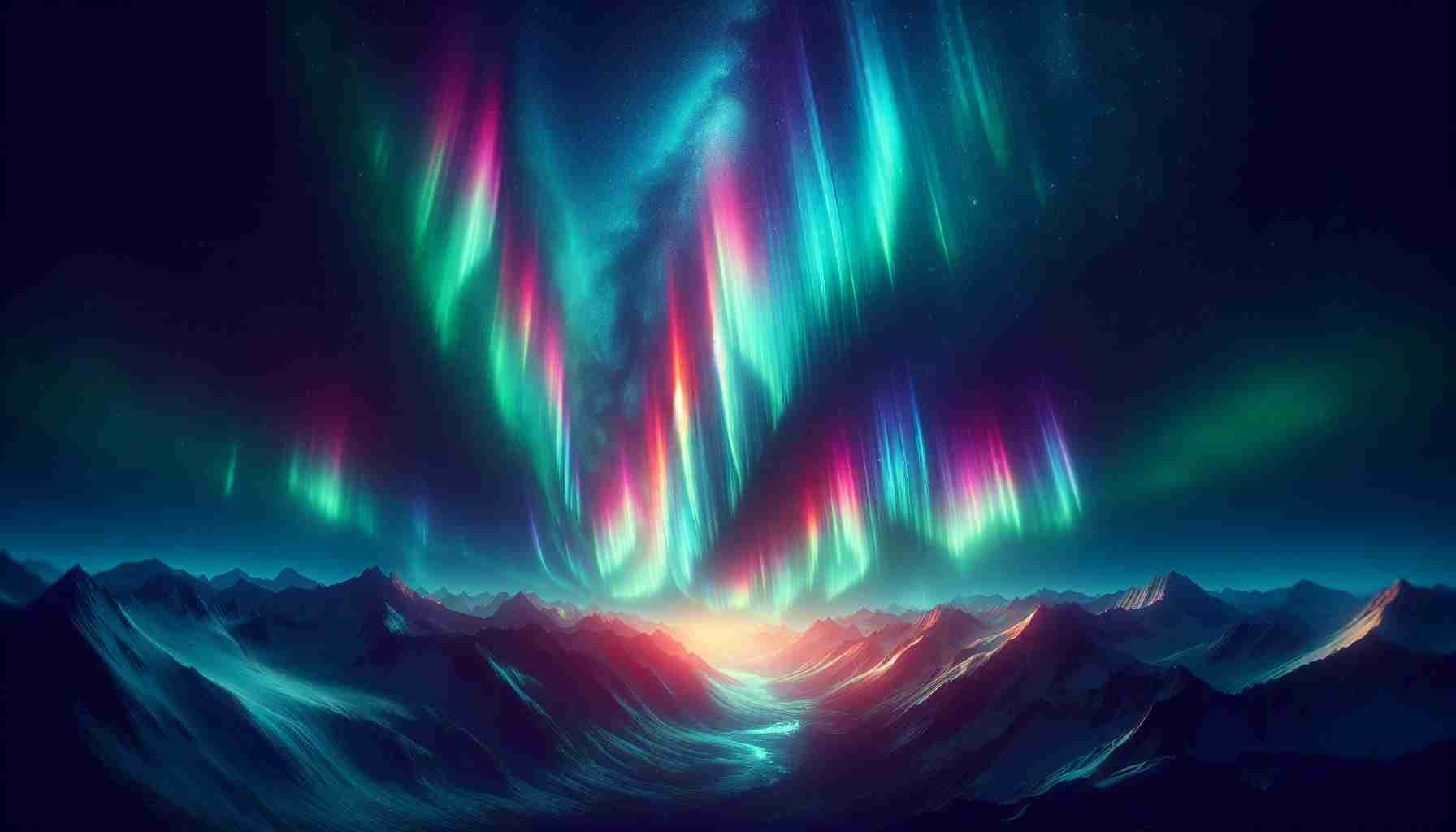Spectators from the farthest corners of the world, including regions like Florida, the Bahamas, and Mexico, were recently treated to an unexpected visual feast in the sky. A powerful solar storm led to stunning auroral displays, more commonly seen in polar regions, but this time they extended to areas well beyond their usual confines.
Capturing the Colors of the Night Sky
Auroras are a celestial ballet of light, often subtle to the naked eye, especially amid urban glow. However, modern camera technology enables us to seize these ephemeral moments with clarity. Photographers have revealed that taking a long-exposure photograph is a powerful method to uncover the colors in the sky that may otherwise go unnoticed.
Smartphones: Accessible Aurora Photography
The key to snapping the northern lights with a smartphone lies in the device’s “Night Mode” and takes between five to ten-second long-exposure shots. For optimal results when using your smartphone camera:
- Employ the primary lens for superior image quality.
- Stabilize your device with a simple holder and tripod to avoid blur.
- Capture images in raw format for flexibility during editing.
DSLRs and Mirrorless Cameras: Advanced Aurora Imaging
For those with DSLR or mirrorless cameras, capturing the northern lights becomes an art:
- Anchor your camera on a tripod for stability.
- Shoot in RAW for easy post-processing.
- Choose a wide-angle lens and set focus to infinity.
- Adjust ISO, aperture, and shutter speed to conditions.
Regardless of the device, photographers should avoid over-saturating colors in post-editing. Natural hues reflect the true splendor of the auroras, offering a more authentic capture of nature’s light show. With equipment in hand and night skies above, enthusiasts await the chance to document the next solar spectacle.
Understanding Auroras
Auroras, also known as the northern and southern lights (Aurora Borealis and Aurora Australis, respectively), are natural spectacles caused by charged particles from the Sun interacting with Earth’s magnetic field and atmosphere. These events are more commonly witnessed closer to the poles due to the stronger magnetic fields found in these regions.
Photography Tips
Aside from the provided tips in the article, it’s important to remember that patience is a key factor when attempting to photograph auroras. The aurora can be unpredictable, and it may take numerous attempts to capture it perfectly. Furthermore, using a cable release or a wireless remote can help to minimize camera shake for long-exposure shots.
Challenges in Aurora Photography
One of the key challenges in capturing auroras is the unpredictable nature of the phenomenon. It requires monitoring space weather data to predict auroral activity. Additionally, photographers must brave cold night conditions, which can not only be uncomfortable but can also affect camera operation.
Controversies and Ethical Considerations
Over-saturation and editing of aurora photos can lead to controversies where some photographers create images that exaggerate the true appearance of the auroras. This has led to discussions about the ethics of photo manipulation and the importance of portraying natural events accurately.
Advantages and Disadvantages of Different Cameras
Smartphone cameras offer the advantage of being more accessible and easier to carry but generally have smaller sensors and lenses, making them less capable in low-light conditions compared to DSLRs and mirrorless cameras. Meanwhile, DSLRs and mirrorless cameras provide superior control over exposure settings and better image quality but are bulkier and more expensive.
Related Resources
For those interested in learning more about auroras or acquiring further photography tips, the following resources may be helpful:
– The official website of the National Oceanic and Atmospheric Administration (NOAA) provides real-time space weather updates: NOAA.
– Photography enthusiasts can join online communities or access tutorials about night photography at websites like: National Geographic.
– For further scientific understanding of the aurora phenomenon, one might visit the NASA website: NASA.
In summary, capturing the aurora requires a combination of the right equipment, proper technique, and a bit of luck. By understanding the science behind the auroras, appropriately preparing for a photo expedition, and responsibly editing photos, photographers can document and share one of nature’s most awe-inspiring events.
